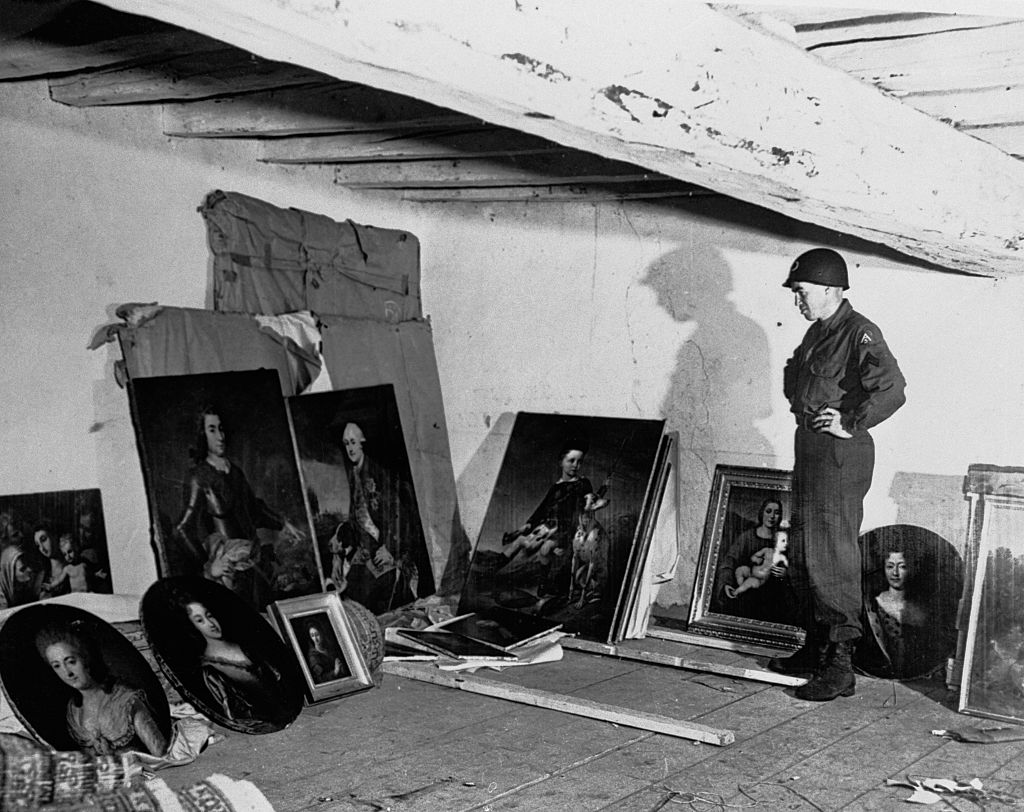New York Gov. Kathy Hochul has signed into law new legislation that broadens the state’s accountability when it comes to Jewish survivors of the Holocaust – including the now-mandatory acknowledgment of artwork that was stolen by the German Army – and places a stronger emphasis on continuing education about what occurred during the Second World War.
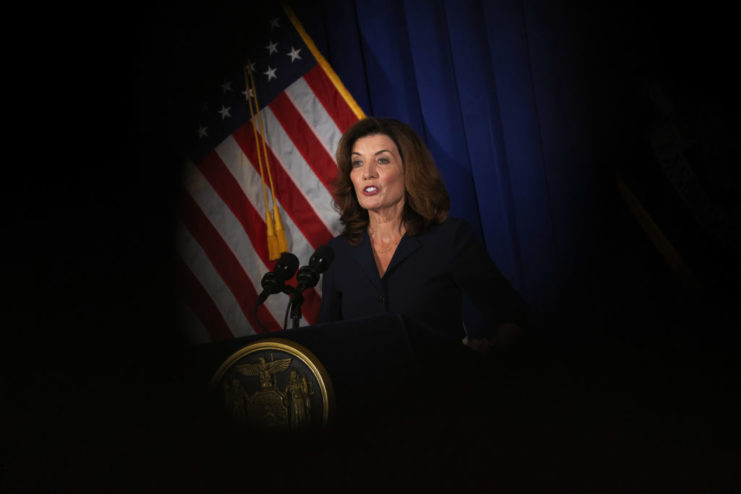
Of the three laws, the one that’s garnered the most attention concerns the hundreds of thousands of pieces of artwork that were stolen from Jewish collectors and dealers by the German Army. According to a statement from Hochul’s office, around 600,000 paintings were forcefully taken during World War II. Much of it is on display in museums across the world, largely without any acknowledgment of their origins.
Under the new legislation, which was signed into law on August 10, 2022, museums across New York state will have to place some form of signage or placard alongside artwork that was stolen by the German Army, so the public is aware of the history behind the pieces they’re viewing.
“During the Holocaust, some 600,000 paintings were stolen from Jewish people not only for their value, but to wipe our culture and identity off the face of the Earth,” said New York State Sen. Anna M. Kaplan. “Today, artwork previously stolen by the [German Army] can be found hanging in museums around New York with no recognition of the dark paths they traveled there.
“With the history of the Holocaust being so important to pass on to the next generation, it’s vital that we be transparent and ensure that anyone viewing artwork stolen by the [Germans] understand where it came from and its role in history.”
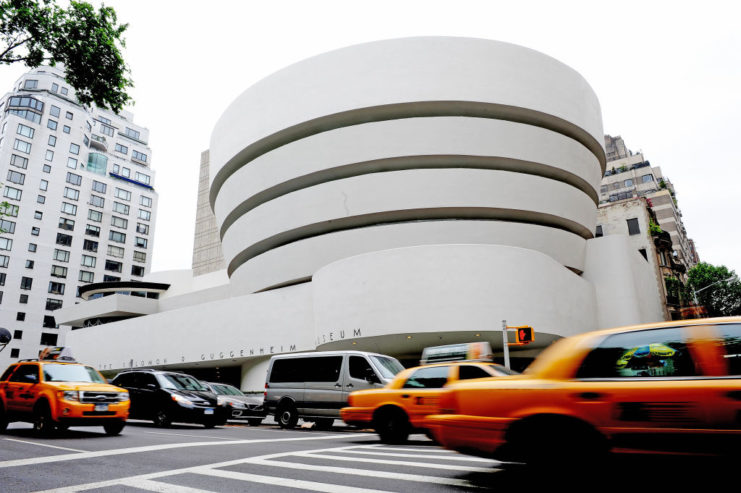
Outside of the new legislation, New York law also requires artwork created before 1945 and that changed ownership in Europe during the Second World War must be registered with the Art Loss Register, so victims can look for it. The register was established in London, England in 1990 and currently lists over 700,000 items, from stolen art, to antiques and collectibles.
Works by the likes of Vincent van Gogh, Paul Cézanne and Pablo Picasso were stolen from their Jewish owners and were never returned. As aforementioned, the majority of the art was given to museums following the war, where the majority remain. For example, the Louvre in Paris, France contains approximately 1,700 German Army-looted pieces, according to Smithsonian Magazine.
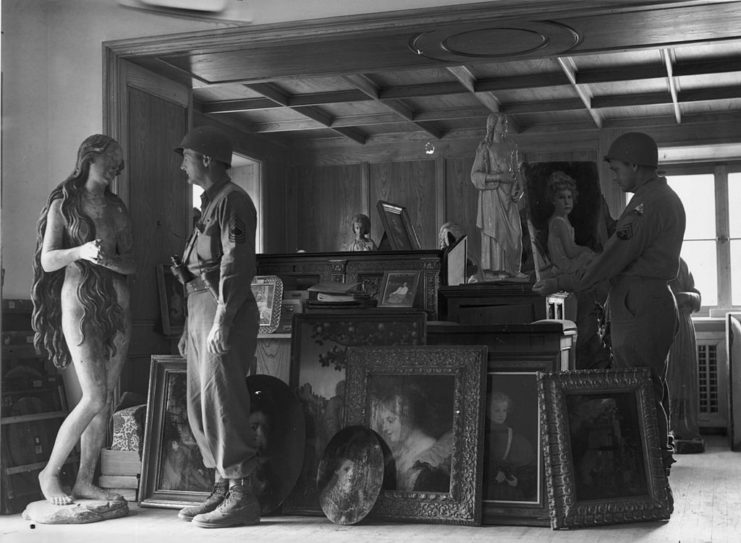
The second part of the legislation passed by Hochul would require schools in the state to properly educate students on the Holocaust. It directs the New York State Education Department to determine which districts have met the current requirements, which have been in place since 1994. Officials will then brainstorm solutions on how to close the gaps at those schools that aren’t meeting standards.
The final law requires the New York Department of Financial Services to maintain and update a list of institutions that waive wire fees related to the payment of Holocaust reparations. According to the statement released by Hochul’s office, around one-third of survivors living in the United States are doing so below the poverty line, and “this legislation will ease unnecessary burdens that banks may place on Holocaust survivors that receive reparation payments.”
Speaking about the new legislation, Hochul said:
“As New Yorkers, we are united in our solemn commitment to Holocaust survivors: We will never forget. These are individuals who have endured unspeakable tragedy, but nonetheless have persevered to build lives of meaning and purpose right here in New York. We owe it to them, their families, and the six million Jews who perished in the Holocaust to honor their memories and ensure future generations understand the horror of this era.”
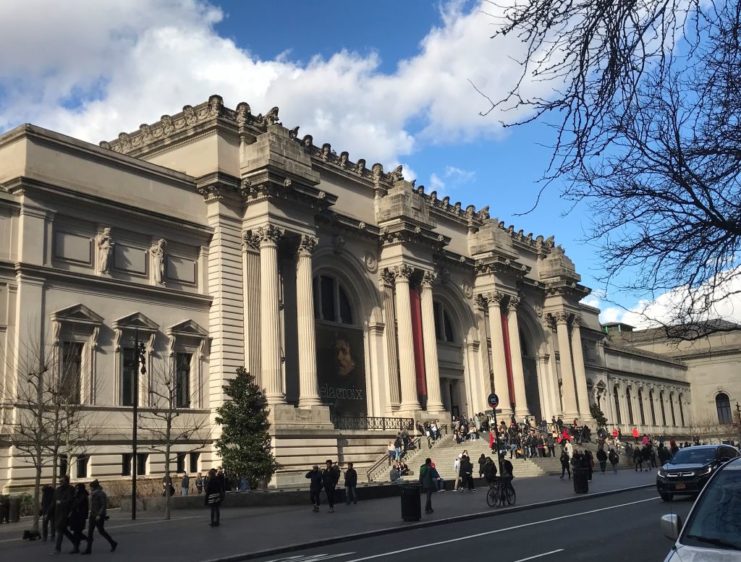
More from us: Operation Tracer: The Secret British Military Operation for Gibraltar
The Holocaust saw the deportation and murder of millions of Europe’s Jewish population during the 1930s and ’40s. Along with blaming the community for the country’s loss during the First World War, politicians and many within German society accused them of causing and contributing to Germany’s economic, cultural and political problems.
The six million Jewish people killed under Germany’s “Final Solution” accounted for around two-thirds of Europe’s population. Following the Second World War, many emigrated to other countries outside of the continent, including the US.
